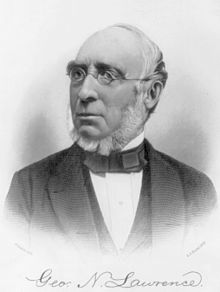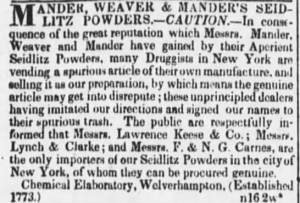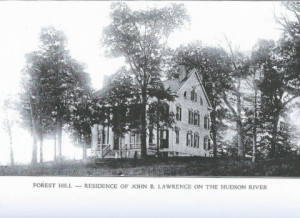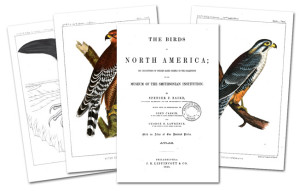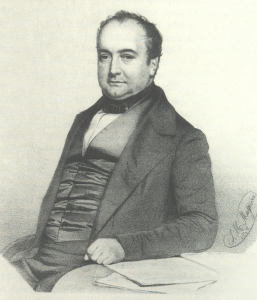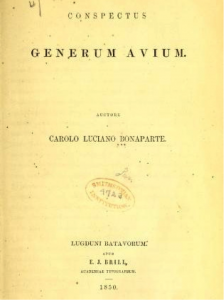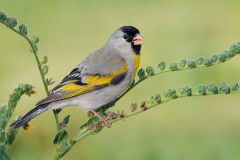George Newbold Lawrence, born October 20, 1806, was my wife’s third great-grand uncle. Following the tradition of keeping marriage in the family George Newbold Lawrence in 1835 married Mary Ann Newbold. For :marrying out, both George and Mary were dismissed from he Hicksite Quakers in March 1835; then the Orthodox Quakers dismissed her in April 1835.
He was active in the pharmaceutical business, but gave that up to devote his life to his true live: ornithology.
The Businessman
When he was twenty in joined his father in the family business, Lawrence, Keese, and Co. This had been founded in 1781 in Pearl Street by Effingham Lawrence, and was the oldest drug wholesaler and importer in the United States.
John Keese, of a Quaker family, met with his pharmaceutical friends in the Shakespeare Tavern. There they discussed the total lack of quality control in the compounding and prescription of drugs. In 1828 Keese, George Lawrence, and others founded the College of Pharmacy. If a man apprenticed and then studied at the college, he could join the college and advertise that fact, giving some assurance to his customers that he knew what he was doing. The College was in 1904 incorporated into Columbia University.
Most pharmaceuticals were imported from England, as the Seidlitz powders were. The problems of quality control are also in the background: as today, drugs then were faked and sold to the unsuspecting if they do not purchase through reputable dealers.
During the Civil War the firms grossed $1,000,000 a year (abaout $30,000,000 in 2015 dollars). George Newbold worked in the business for thirty-six years.
He and his brothers Alfred and Newbold in 1869 offered the South Side Railroad on Long Island land for a station to be called (what else?) Lawrence. The brothers formed the Cedarhurst Company to develop the land into estates.
The Ornithologist
As a young men he frequented his family’s summer house “Forest Hill” on the heights of northern Manhattan and hunted birds. In 1841 met George Baird, the ornithologist, and began taking a scientific interest in birds. 1845 joined the Lyceum of Natural History and later helped found the American Ornithological Union. He outfitted expeditions to Lesser Antilles to study birds.
By writing of water birds he helped Spencer Baird write Reports of Explorations and Surveys for a Railroad Route from the Mississippi River to the Pacific Ocean. This was the basis for the 1860 encyclopedia, Birds of North America.
Ornithology interested even politicians. Charles Lucien Bonaparte wrote the Conspectus Generum Avium and inscribed a copy to George Newbold.
Like Audubon, who shot birds before he posed and painted them, George Newbold was also a mighty hinter. He gave his collection of 8,000 bird skins to the American Museum of Natural History. His main interest was in the birds of Central and South America, Cuba, and the West Indies.
At the end of his life he became a neighbor of Audubon and his sons Victor and John.
George Newbold described 323 species as new. He published 120 papers on birds, many in The Auk, which gave him a lengthy tribute after his death (January 17, 1895), concluding:
He forms, together with Baird and Cassin, the “great triumvirate, of what has been termed the Bairdian Epoch of American Ornithology.”
The Birds
Lawrence had many birds names after him. One is Lawrence’s Goldfinch: Carduelis lawrencei.
Uncommon and somewhat mysterious is this little finch of the far West. It nests very locally in the foothills of California and Baja, often near streams in fairly dry country. Its winter range varies: in some years, flocks spread well eastward across the southwestern deserts, but the reasons for these “invasions” are not well understood. The twittering song of the male Lawrence’s Goldfinch often includes brief imitations of the voices of other birds.
Here, here, and here are videos of Lawrence’s Goldfinch.
